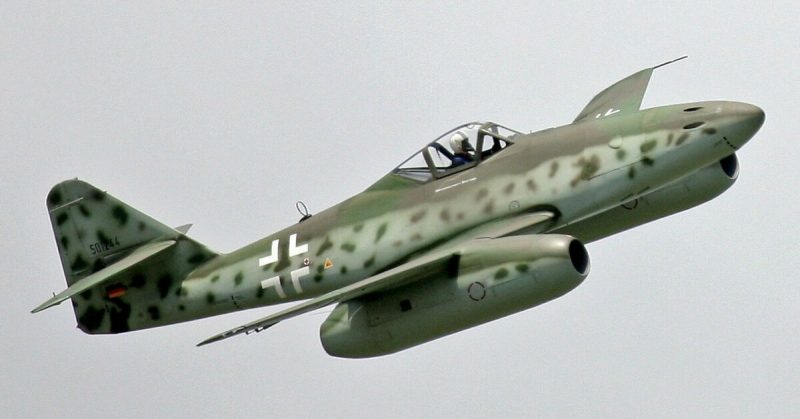The First Fighter Planes
When the First World War began, the airplane was still a new invention. Its potential as a military vehicle had not yet been explored. Airplanes were initially used to observe and gather information about the movement of enemy troops. The first fighter plane was developed in France and French pilot Roland Garros was the first flying “Ace.”
His plane was an ordinary airplane with a machine gun which could fire through the propeller. To avoid damage, the propeller blades were protected with a covering of steel plates. Using this new invention, Garros was able to shoot down five German observation planes in his first two weeks of flying.
In honor of Garros’s early success, the term “Ace” came to mean a pilot who had shot down and killed five of the enemy.
Germany responded with the development of the Fokker E.I. Like the French aircraft, this was an adaptation of a reconnaissance type plane. These early adaptations were soon followed by planes designed to function primarily as fighter planes such as the Pfalz DR1.
Britain and Russia also joined in the quest for control of the skies.
The aviation manufacturer and design company Nieuport et Deplante had built racing planes before the war. They were now commissioned to build and design fighter planes for the allied forces. The Nieuport series of planes was one of the most successful during WW1 and beyond.
The Age of Jet Planes
The first jet planes were deployed during the last years of WW2. The Gloster Meteor, a British jet fighter, was favored by the Allies. The Meteor set the first speed record for a jet engine plane with speeds of 606 miles per hour (975 km/h). Similar planes were used in the Korean War where aerial combat played a substantial role. Following the Korean War, and using lessons learned about the limitations of the aircraft, the race began to develop the next generation of fighter jets.
Like their predecessors, the early jet planes had straight wings and didn’t represent a great change in terms of their capability beyond the additional speed. But soon new research into design resulted in a variety of different wing types coming into use. The use of swept and delta wings pushed these jets to the next levels of speed and maneuverability.
These planes could fly at near sonic speeds and could reach supersonic speeds when diving. Electronics were becoming more sophisticated so the planes could be equipped with more efficient radar and infrared devices to track enemy aircraft. This was coupled with the development of new building materials which were both stronger and lighter than what had previously been available.
There are very few aircraft in the history of aviation as unique and innovative as the Messerschmitt Me 262. This was created out of desperation. It was needed for the War and was considered a masterpiece of technology. It had a massive impact in the world of aviation when it first launched in 1944 in European skies.
The Me262
The Me262 was the first ever operational jet fighter. It was a weapon with which Hitler expected to win the war.
Developed during the war, the Me262 first entered service in July 1944. Knowing the Germans were working on rocket technology, the Allies had repeatedly bombed research and production facilities, setting back its appearance. Fewer than 300 engaged in battle, and there was a problem with its engine. However, with a speed that vastly outstripped propeller-driven fighters, it was a terrifying sight to behold.
The American Me-262 Project was launched in January 2003 in Washington (Everett) and the aim was to try to reproduce a few versions of the Me-262. These attempts utilized one single-seated A-1c, two twin-seated B-1cs and two convertibles (these could switch between A-1c and B-1c depending on the configuration).
All of these have General Electric J85 engines and have had numerous safety features added to them, such as landing gear that has been reinforced and strengthened and upgraded sturdier brakes. These models gained the addition of the ‘c’ to their model names in relation to the new J85 Power plant and are assigned on an informal basis with the Messerschmitt Foundation’s approval. This Foundation is based in Germany, where the original Me-262s were produced.
This footage shows you a variety of scenes of the Me-262 in flight – this is the only one in the world still capable of flight.
